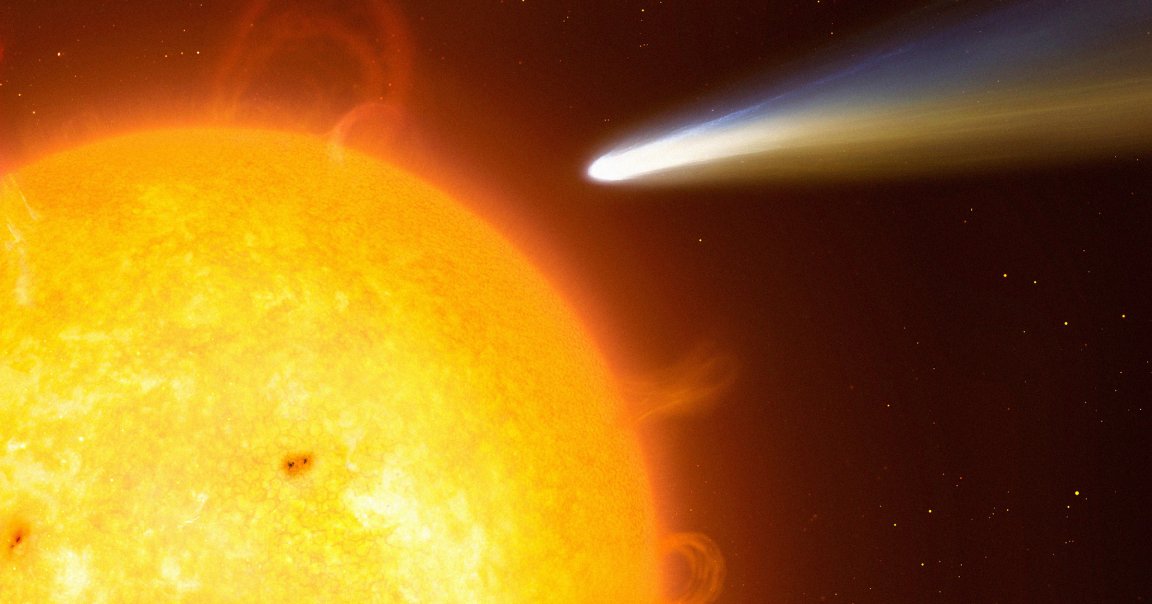
Interstellar object 3I/ATLAS, which has intrigued astronomers since its discovery in July, is expected to reach its closest distance to the Sun — or its perihelion, coming within just 126 million miles of our star — today.
And according to outspoken Harvard astronomer Avi Loeb, it’s the perfect moment to find out whether the object was indeed send by an alien civilization, a far-fetched theory he’s proffered that defies the widely-held belief that 3I/ATLAS is a comet largely made up of carbon dioxide ice.
In a blog post, Loeb argued that its perihelion is the “optimal time for either acceleration or deceleration by an impulse from an engine, thanks to the gravitational assist from the Sun,” in what he calls the ultimate “acid test.”
He’s even suggested that the object could release “mini-probes” to continue to investigate the solar system on behalf of an intelligent alien race.
In a separate post last week, the astronomer pointed to the Oberth effect, the physics principle which determines that a rocket engine generates more energy when it’s fired at a higher speed, to suggest that 3I/ATLAS — if it’s an “alien mothership” — may utilize the Sun’s boost to “continue along its original gravitational path and ultimately exit the Solar system.”
But finding out if any of that actually happens will be difficult, he concedes, since “we cannot observe 3I/ATLAS from Earth at this opportune time” as it’s currently passing behind the Sun.
Nonetheless, Loeb is calling on policymakers to “take seriously the potential threat from a black swan event involving an unusually massive object moving along the ecliptic plane like 3I/ATLAS.”
In his latest blog post, he warned of the possibility that 3I/ATLAS is a “Trojan horse” that could be using the “external appearance of a natural comet but carrying a potential threat in its interior.”
As 3I/ATLAS approaches the Sun, it’s expected to shed even more gases from its surface as a result of increased solar radiation.
“The resulting fireworks might generate a much brighter cometary plume of gas and dust around it,” Loeb posited. “However, if 3I/ATLAS was technologically manufactured — as suggested by its high abundance of nickel relative to iron, it might maneuver or release mini-probes.”
As 3I/ATLAS continues on its blazing-fast path through the solar system, Loeb isn’t giving up hope of scanning the object for possible radio transmissions. In March, it’s expected to pass within just 60 million miles of Venus, allowing the European Space Agency’s Jupiter-bound JUICE mission to get a close glimpse.
But the possibility of 3I/ATLAS turning out to be a remnant of an ancient civilization is as slim as it’s ever been. Even Loeb, who has been rating the possibility on a scale of one to ten — ten being “confirmed artificial origin” as part of his “Loeb scale” — admits it’s a pretty thin chance.
“If, as a result of the intense solar heating, 3I/ATLAS will show all the features of a natural comet, I will reduce its rank to 2 on the Loeb scale,” he wrote in a blog post last week.
More on 3I/ATLAS: Scientists Intrigued by Radio Signals Coming From Comet